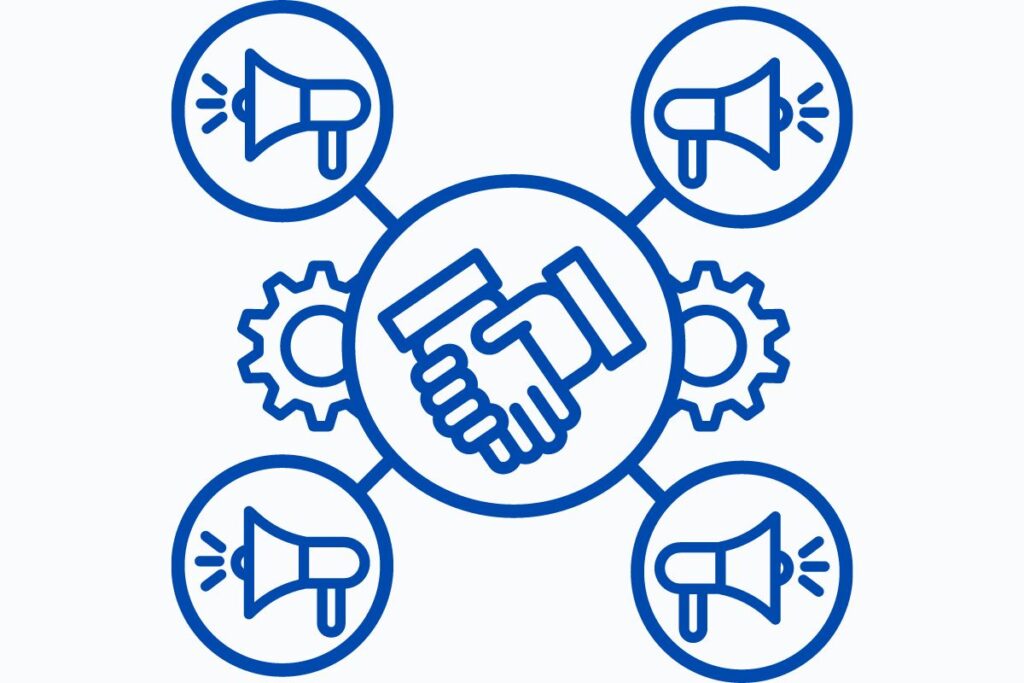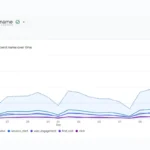After leads are generated via omnichannel platforms in the industry! Here are actionable pointers specifically for digital marketers to implement and execute the plan of action for increasing sales from digital leads generated by ads:

- Lead Segmentation and Targeted Messaging:
- Segment leads based on demographics, behavior, and interests.
- Create personalized email sequences and ad campaigns tailored to each segment.
- Use dynamic content to customize messaging based on lead attributes.
- Immediate Response Mechanism:
- Set up automated email or SMS responses to acknowledge lead inquiries.
- Implement live chat on your website for instant communication with leads.
- Ensure the sales team is equipped to respond promptly to leads within minutes.
- Content Creation and Distribution:
- Develop high-quality content assets such as blog posts, videos, infographics, and eBooks.
- Distribute content through email newsletters, social media channels, and targeted ad campaigns.
- Use content to educate, inform, and nurture leads throughout their buying journey.
- Social Media Engagement:
- Regularly post relevant content on social media platforms.
- Actively engage with leads by responding to comments, messages, and mentions.
- Join relevant industry groups and participate in discussions to establish thought leadership.
- Retargeting Strategies:
- Set up retargeting campaigns on platforms like Google Ads and Facebook Ads.
- Segment retargeting audiences based on specific actions taken by leads.
- Test different ad creatives, messaging, and offers to optimize retargeting performance.
- Webinars and Demos:
- Plan and schedule regular webinars or live demos showcasing your products or services.
- Promote webinars through email invites, social media posts, and targeted ads.
- Follow up with webinar attendees to qualify leads and move them further down the sales funnel.
- Lead Scoring and Qualification:
- Develop a lead scoring system based on lead attributes and engagement levels.
- Use marketing automation tools to track lead interactions and assign scores accordingly.
- Implement lead qualification criteria to identify high-potential leads for sales follow-up.
- Email Marketing Automation:
- Set up automated email workflows based on lead behavior and preferences.
- Use drip campaigns to nurture leads over time with relevant content and offers.
- Monitor email engagement metrics and adjust strategies based on performance data.
- Feedback Collection and Analysis:
- Incorporate feedback forms and surveys into email campaigns and website interactions.
- Analyze feedback data to identify common pain points and areas for improvement.
- Use feedback insights to optimize marketing strategies and refine targeting approaches.
- Performance Tracking and Optimization:
- Utilize analytics tools to track key performance indicators (KPIs) such as conversion rates, ROI, and cost per acquisition.
- Regularly review campaign metrics and A/B test different elements to optimize performance.
- Iterate and refine strategies based on data-driven insights to continually improve results.
By implementing these actionable activities, digital marketers can effectively execute the plan of action to increase sales from digital leads generated by ads. Each activity plays a crucial role in engaging, nurturing, and converting leads throughout the sales funnel, ultimately driving revenue growth for the business.


